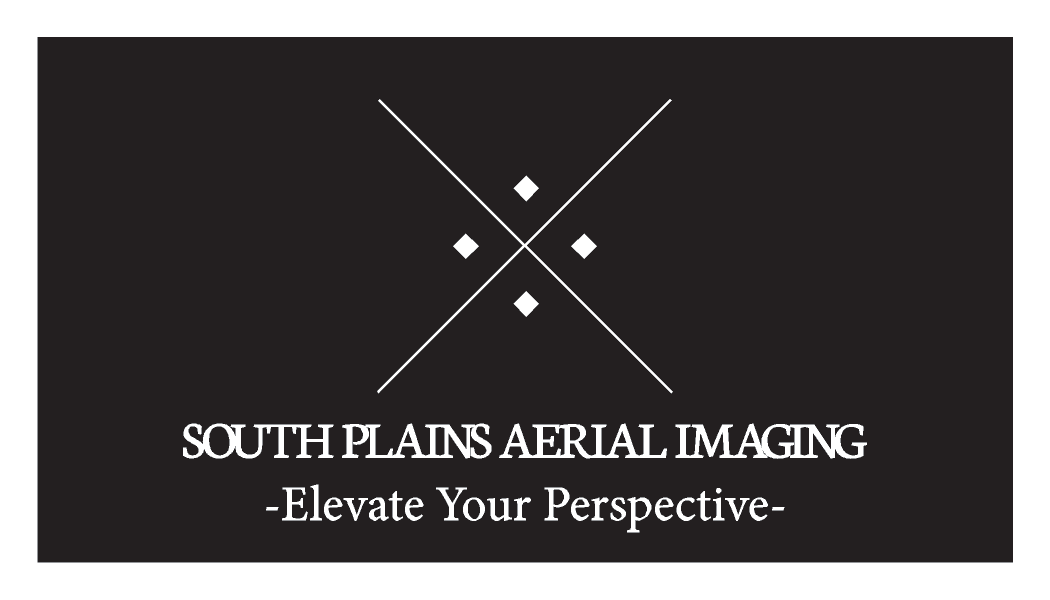Aerial Mapping
South Plains Aerial Imaging provides high-resolution drone mapping services in Lubbock, West Texas, and the Texas Panhandle. Our FAA Part 107 certified pilots deliver precise orthomosaic maps and GIS-ready data, giving businesses, municipalities, and individuals powerful tools for data collection, analysis, and informed decision-making.
Applications of Our Drone Mapping Services Include:
-
Construction: Job site inspections, progress monitoring, and terrain elevation data.
-
Municipal & Infrastructure Planning: Road assessments, parking lot maintenance, historical site mapping, infrastructure inspections, and event planning.
-
Disaster & Emergency Planning: Storm path visualization and evacuation planning.
-
Agriculture & Resource Management: Stockpile volumetric measurements, digital surface model creation, and 3D modeling for land and resource analysis.
Our high-resolution aerial maps provide actionable insights across industries, enabling better decision-making and efficient project management.
Schedule your professional drone mapping session today with South Plains Aerial Imaging and see your project from a new perspective with high-resolution aerial maps across Lubbock, West Texas, and the Texas Panhandle.
Construction Site Drone Mapping in Lubbock & West Texas
South Plains Aerial Imaging provides high-resolution drone mapping and aerial imagery for construction projectsin Lubbock, West Texas, and across the Texas Panhandle. Our FAA Part 107 certified pilots capture up-to-date, precise aerial images, giving project managers, contractors, and stakeholders a consistent visual timeline of work completed over days, weeks, or months.
Benefits of Aerial Construction Mapping:
-
Accurate Measurements: Assess areas, distances, and material usage with precision.
-
Progress Tracking: Identify delays, deviations from plans, and safety concerns early.
-
Enhanced Communication: Support clear reporting between teams, clients, and permitting authorities.
-
Reduced Site Visits: Minimize on-site inspections while maintaining oversight.
Our aerial construction site mapping service helps streamline decision-making, help projects stay on schedule, and reduce costs.
Schedule your professional drone construction mapping session today with South Plains Aerial Imaging and gain high-resolution aerial imagery and actionable insights across Lubbock, West Texas, and the Texas Panhandle.
(Zoom in to view high-resolution detail of the construction site.)
Drone-Based Stockpile Volumetric Measurement in Lubbock & West Texas
South Plains Aerial Imaging provides high-resolution aerial mapping and drone stockpile measurement services for construction and industrial sites in Lubbock, West Texas, and across the Texas Panhandle. Our FAA Part 107 certified pilots capture georeferenced imagery, which, combined with digital surface models and elevation data, allows for accurate volumetric calculations of materials such as dirt, gravel, sand, or debris.
Benefits of Aerial Stockpile Measurement:
-
Faster and Safer: Reduces the risks and time associated with traditional ground-based surveys.
-
Accurate Monitoring: Track material usage, inventory levels, and volume changes over time.
-
Cost Efficiency: Estimate costs and plan logistics with precision.
-
Operational Oversight: Regular aerial updates enable project managers to keep operations on schedule and ensure efficient resource management.
Our aerial volumetric mapping services provide a safe, accurate, and cost-effective way to monitor materials and streamline construction or industrial site operations.
Schedule your professional drone stockpile measurement today with South Plains Aerial Imaging and gain accurate, high-resolution volumetric data across Lubbock, West Texas, and the Texas Panhandle.
(Zoom in and click on a highlighted area to access volumetric measurement data for existing stockpiles on site.)
Drone Site Evaluation & Planning for Recreation and Sports Facilities in Lubbock & West Texas
South Plains Aerial Imaging provides high-resolution drone mapping and orthomosaic imagery for site evaluation, planning, and asset management in Lubbock, West Texas, and across the Texas Panhandle. Our FAA Part 107 certified pilots capture precise aerial imagery, allowing recreation centers, sports complexes, schools, and municipal parks to measure fields, courts, pathways, and other features accurately.
Benefits of Aerial Mapping for Site Planning:
-
Accurate Site Evaluation: Measure infrastructure, equipment, landscaping, and other assets.
-
Enhanced Planning: Identify potential issues, plan maintenance, and optimize facility layouts.
-
Improved Communication: Provide stakeholders with clear, up-to-date visuals to enhance decision-making.
-
Better than Satellite Imagery: High-resolution orthomosaic maps provide detailed, current, and actionable insights.
Our aerial mapping services provide a versatile, efficient, and precise tool for evaluating and managing recreation and sports facilities.
(Zoom in to see the high-resolution detail for evaluation and planning.)
Drone Topographic & Elevation Mapping in Lubbock & West Texas
South Plains Aerial Imaging provides high-resolution drone mapping and Digital Surface Model (DSM) generation for topographic and elevation analysis in Lubbock, West Texas, and across the Texas Panhandle. Our FAA Part 107 certified pilots capture precise aerial imagery to create detailed DSMs, representing the height of all visible surfaces, including buildings, trees, terrain, and other structures.
Applications of Aerial Elevation & Topography Mapping:
-
Site Planning: Understand the landscape for construction, development, or infrastructure projects.
-
Drainage & Water Flow Analysis: Evaluate how natural and man-made features interact with water movement.
-
Line-of-Sight Assessments: Support utility placement, surveying, and planning projects.
-
Environmental Monitoring: Assess terrain changes and natural features over time.
Combined with orthomosaic imagery, DSM mapping provides actionable insights for engineers, planners, surveyors, and land developers.
Schedule your professional drone topographic and elevation mapping session today with South Plains Aerial Imaging and gain high-resolution aerial DSM data across Lubbock, West Texas, and the Texas Panhandle.
(To find the height of an object, hover your cursor over it on the map to see its altitude displayed in the top right corner. Then subtract that number from the color-coded elevation shown in the legend at the bottom of the map.)
